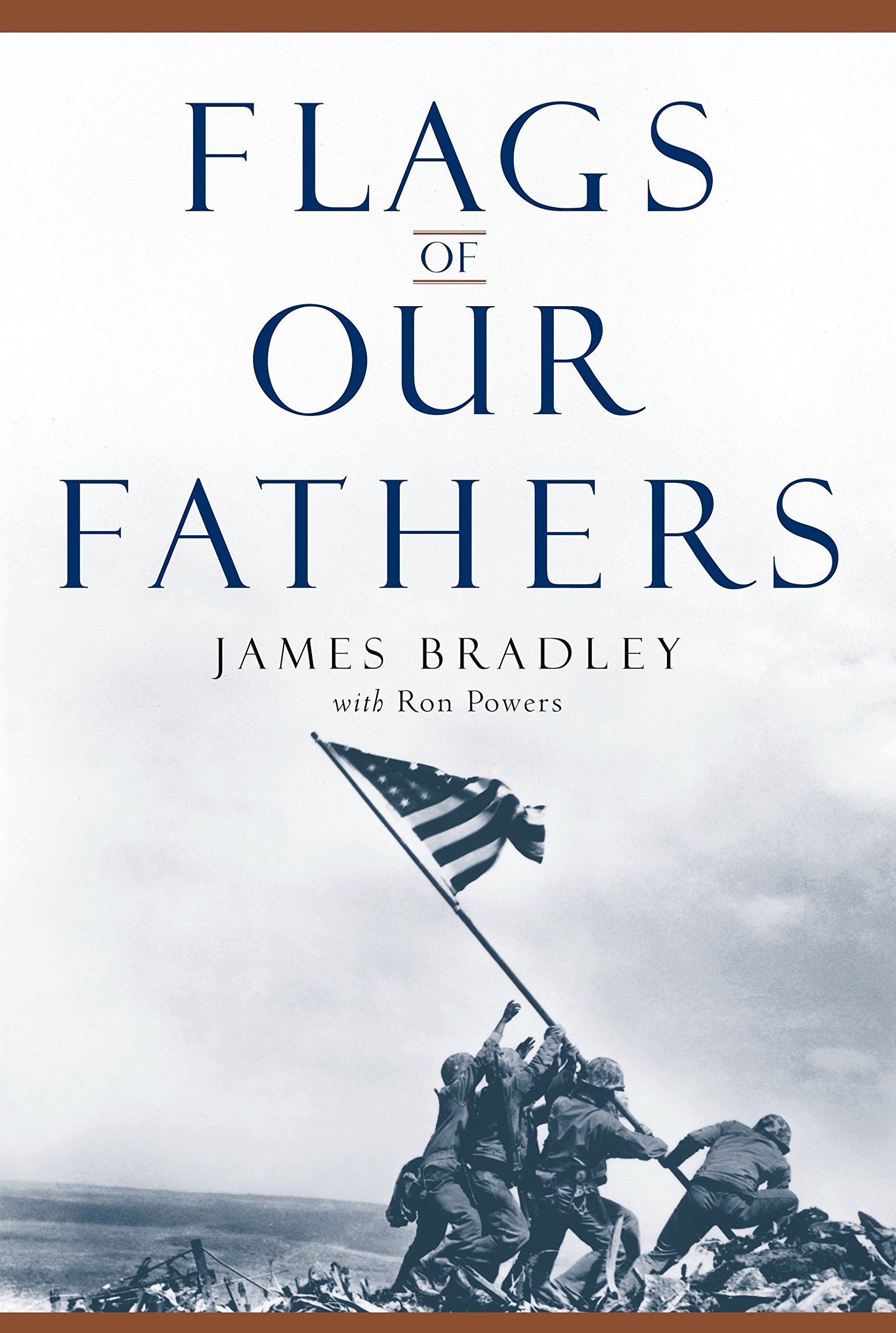
Hi, and welcome to this video about predictive reading! Today, we’ll explain what predictive reading is, the importance of predictive reading, and walk you through some easy examples that will give you better insight into this strategy.
What is Predictive Reading?
Predictive reading is exactly what it sounds like. Readers use their own experiences and understanding of what they’re currently reading to predict what comes next.
Let’s break that down a little further. Readers use everything they read to help make their predictions. “Everything” means titles, pictures, written word, and diagrams. For example, let’s say you’re reading about the price of milk. You remember reading in the past that the price of milk has increased, but your current reading notes that it continues to cost more and more to produce a gallon of milk. You can reasonably predict that the price of milk will continue increasing. By carefully reading and analyzing content, the reader can predict what’s about to happen.
Why is Predictive Reading Important?
Predictive reading helps readers improve a number of skills they’ll find useful in all walks of life. Let’s take a look at some of them.
Predictive reading helps with focus. To understand what you’re reading, you have to focus on each word and piece of punctuation. You can’t skim. You not only have to understand what you’re reading but connect current reading to what you’ve learned in the past.
Predictive reading helps with that recall. You have to remember what you’ve previously read and use that information to help inform your predictions.
Predictive reading helps you think ahead and anticipate. You’ve focused on the reading, and you understand it. You’ve used recall to remember pieces of information. Now it’s time to think ahead and anticipate what comes next. Comprehension and recall mean you have the tools to make a reasonable prediction and anticipate what happens next.
Predictive reading also helps with revision strategies. Maybe your prediction wasn’t correct. Using the milk example, let’s say you predicted milk prices would drop, but they did in fact increase. You can review what you’ve read, reevaluate how you came to your conclusion, and revise it.
Those are just a few of the benefits of predictive reading. Now let’s examine some of the clues you can look for when making reading predictions.
Clues for Making Predictions
There are a number of aspects of writing that provide clues to help you make reasonable reading predictions.
Book Title
For example, a book’s title provides clues. You know Harry Potter books will be about Harry Potter just by reading the title, so that’s an easy one.
Cover Art
The book’s cover art might also provide clues when the title doesn’t. Let’s take James Bradley’s Flags of our Fathers. At first glance, that title may not give a clue. But one look at the photo tells you what the book is about.

It’s the iconic photo of six men pushing an American flag up a hill in war, so you know it’s about Iwo Jima in World War II.
Other Clues
The table of contents can also provide clues based on the names of a chapter. Prologues can foreshadow information. Illustrations can provide clues based on what they show.
Predictive Reading Example
So, here’s a predictive reading example, and how you can use all of the information we’ve talked about to make a prediction.
Here’s the title of a book: When We Lost Our Innocence. The book cover contains one photo each of former president John F. Kennedy, civil rights icon Martin Luther King Jr., and former US Attorney General Robert F. Kennedy.

From looking at the clues in the title and the cover photo, what predictions could you make?
There could be several. All three men were assassinated between 1963 and 1968, so you could predict the book will be about how the deaths of these leaders sent America into a spiral of chaos and despair.
The 1960s was also a time when the country became ensnared in an unpopular Vietnam war and African Americans were fighting for their civil rights. You could predict the book examines how the deaths of these three men left a leadership void at a time the country needed it most.
Now that you’ve formed a preliminary prediction, you start reading the book. You use recall to refer to information you’ve read, and if you see your prediction was incorrect, you revise it based on new knowledge.
As you could probably guess, detective novels are one of the more famous methods of predictive reading. There’s always a detective trying to solve a crime. There are clues throughout the book that can help you determine the identity of the bad guy. With these novels, you really have to focus because the bad guy is rarely the person you think it is.
That’s predictive reading, the process of taking information and predicting what’s to come. The predicting part is always fun, but the ability to focus, recall information, think ahead, and revise are all valuable skills.
I hope this overview was helpful!
See you guys next time!
Frequently Asked Questions
Q
Why is making predictions important in reading?
A
Predicting texts is a reading strategy that allows readers to understand the context of the story better by making connections, asking questions, and being literary detectives, reading between the lines for text clues.
Q
How does making predictions help reading comprehension?
A
Making predictions allows readers to connect their existing knowledge to new information found in the text, which allows the reader to infer meaning from what they read. Making predictions also encourages readers to utilize critical thinking and problem-solving skills.
Q
How do you make predictions while reading?
A
There are two steps to making predictions while reading.
- Use information and clues provided by the author of the text.
- Use what you as the reader know from your own personal experience or knowledge.
Before reading, think about what the book will be about and what the author’s purpose might be. As you read, you can predict what future events will occur or why the author included a particular line of dialogue. After reading the text, look back on your predictions and see how different the text wound up being.
